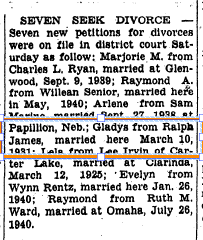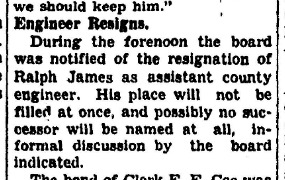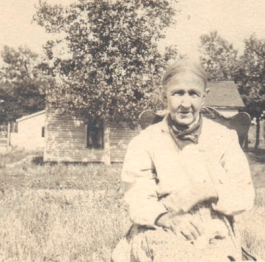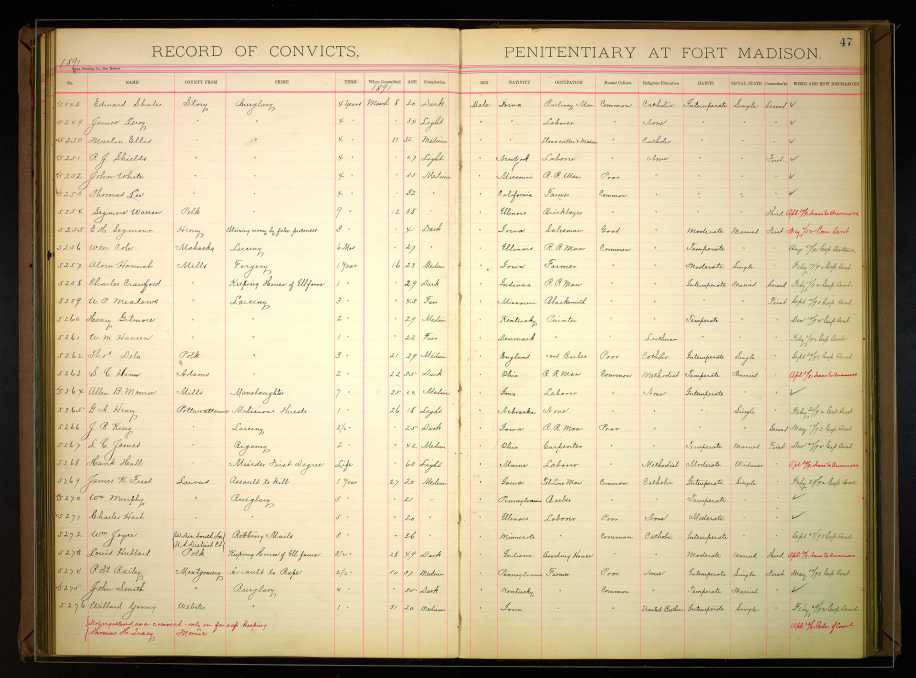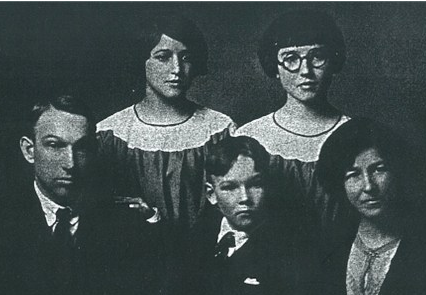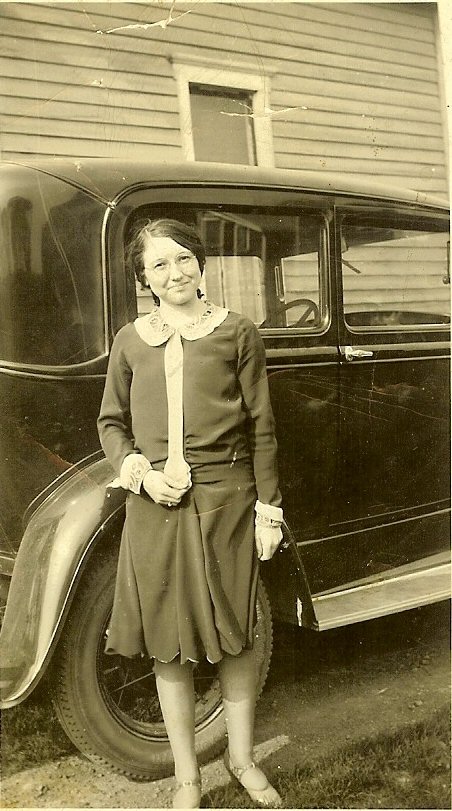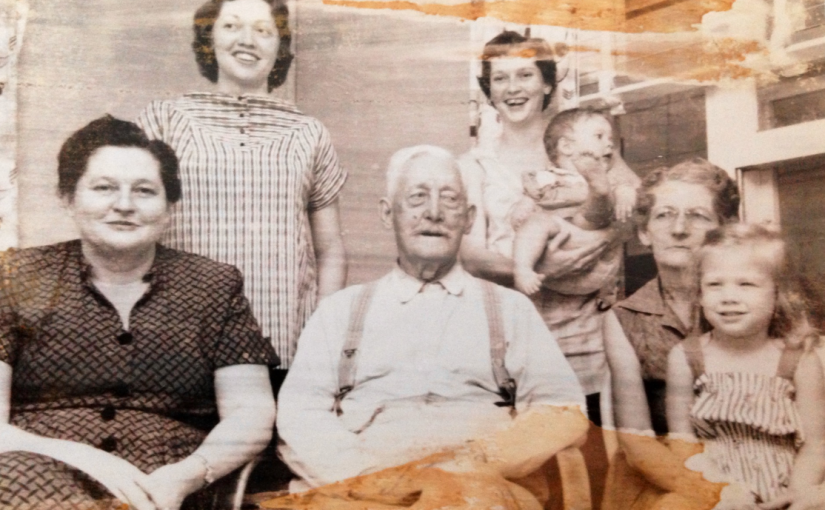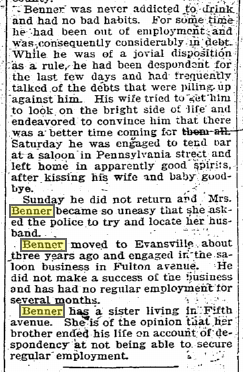Sometime in the middle of May, in the blinking daylight hours between rolling fog and thunderstorms, the buildings along Lincoln Avenue inhale. The restaurant workers in their white aprons have thrown open the large, floor-to-ceiling windows that line the fronts of their buildings. You have to fight against the draw of their breath as you walk by them, and the gift shop, and that store on the corner that sells running shoes, because the sidewalk could pull you inside to a waiting wood-trimmed bar or cash register. But it doesn’t. Instead it pushes you farther up the street past a Bierstube (once upon a time your neighborhood was German Town) where a young man stops talking to his date long enough to appreciate a tendril of her hair blowing onto his wrist.
And you feel an unfolding inside you.
The doors of the gift shop are propped open with heavy chairs. The greeting cards in the spinning racks at the front of the store whistle as the wind vibrates between them. They are reed instruments accompanying the bass of traffic noise rising from the busy street. They play a tune you find yourself wanting to sing.
A gaggle—or is it called a Fitbit?—of joggers stand outside the shoe store. They stretch, popping one foot up on the free-newspaper racks and light posts. Or they lunge, the hems of their matching yellow shorts almost make contact with the pockmarked sidewalk. The runners silently form a rank and piston their way down the avenue. Your shoulders square as you watch them. Your spine straightens. Intersection after intersection, they stop traffic with their presence until they turn left and vanish.
You walk the four blocks to Lincoln Square. Las Lagunitas, a new cantina, is raucous with 20-somethings. Its patrons spill neatly out onto the grid of tables formed on the patio. Chartreuse margaritas beckon from every table. On the other side of the patio gate, couples sit on benches gripping the handle of a baby stroller the size of a Humvee in one hand and a paper cup the size of a golf ball in the other. Inside the cups, mini-glaciers of coconut, chocolate mousse, and roasted-banana gelato peek at you over the rim. The parents chastise their sons and daughters to sit still, then they dip the tiniest shovels you’ve ever seen into their cups. You smile as they take their first bite.
The Fitbit of joggers thunder past you. You join their most informal of parades. They breathe loudly and rhythmically, and you match them. It is not a surprise that they take you back to the shoe store and assume their scissor and jackknife positions up and down the sidewalk. It is not a surprise to you because this ritual takes place every year: the birdsong, the echoes of laughter coming from inside the pub, the guitar riffs only audible when the School of Folk Music door swings open. None of it is a surprise. You breathe, you swing your arms, you glide up the back steps of your apartment ready to begin again.



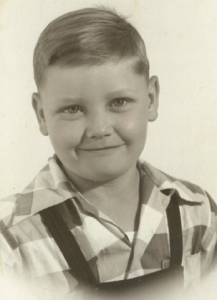
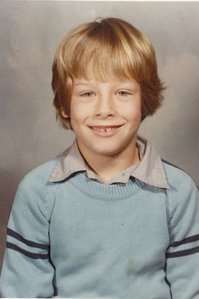


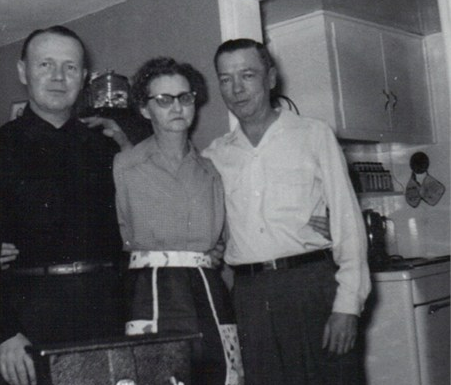

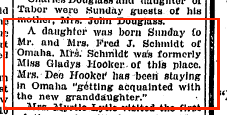 quickly AND gained another source on Gladys’s family. It seems Gladys had been married before, and that my Aunt Barbara’s last name wasn’t really James. She was no relation to me. (Presto! The author takes a bow.) Why the discrepancy? Well, think of it from Ralph’s perspective:
quickly AND gained another source on Gladys’s family. It seems Gladys had been married before, and that my Aunt Barbara’s last name wasn’t really James. She was no relation to me. (Presto! The author takes a bow.) Why the discrepancy? Well, think of it from Ralph’s perspective: alph’s daughter? I continue looking in the newspaper archives until I find it, my half-aunt’s birth announcement on February 12, 1932. There’s still the ordering of the birth certificate to deal with, but chances are it’s true.
alph’s daughter? I continue looking in the newspaper archives until I find it, my half-aunt’s birth announcement on February 12, 1932. There’s still the ordering of the birth certificate to deal with, but chances are it’s true.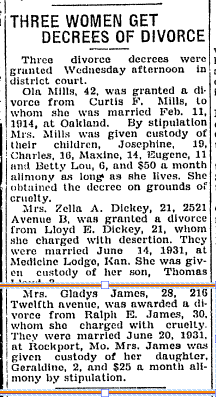
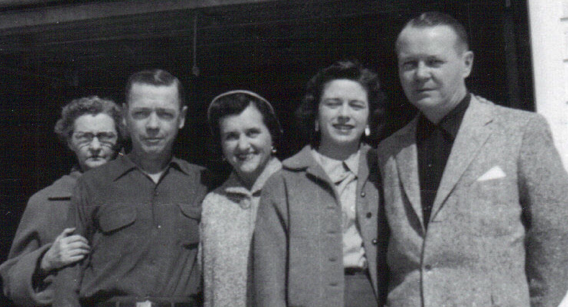
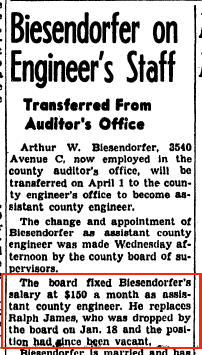 published in March of the same year. It introduced my grandfather’s replacement and explained that he was actually fired. I know from discussions with my dad that Ralph blamed for his job loss
published in March of the same year. It introduced my grandfather’s replacement and explained that he was actually fired. I know from discussions with my dad that Ralph blamed for his job loss 